What is Laser Rapid Prototyping?
Laser Rapid Prototyping (LRP) is revolutionizing the way industries approach manufacturing. Ever wondered how we can create complex designs at lightning speed? Imagine a technology that transforms digital designs into tangible objects with unmatched precision. That’s the magic of LRP. In this article, we’ll delve deep into the ins and outs of laser rapid prototyping, from its cutting-edge metal powders to its wide range of applications.
Overview of Laser Rapid Prototyping
Laser Rapid Prototyping is a sophisticated technology that uses laser energy to create 3D objects layer by layer. This technique, part of the broader category of additive manufacturing, is renowned for its ability to produce highly detailed and complex structures. Whether you’re in aerospace, automotive, or even healthcare, LRP offers unparalleled advantages in speed, accuracy, and material efficiency. But how does it all work, and what makes it so effective? Let’s break it down.

The Composition of Laser Rapid Prototyping Materials
When it comes to LRP, the composition of the materials used is critical. Metal powders are the star of the show, each offering unique properties that make them suitable for different applications. But what exactly are these metal powders, and how do their compositions affect the final product?
Types and Characteristics of Metal Powders for Laser Rapid Prototyping
Understanding the different types of metal powders available for LRP is crucial. Below is a comprehensive breakdown of specific metal powder models, their compositions, and unique characteristics.
| Metal Powder | Composition | Key Characteristics | Applications |
|---|---|---|---|
| 316L Stainless Steel | Iron (Fe), Chromium (Cr), Nickel (Ni), Molybdenum (Mo) | High corrosion resistance, good weldability | Medical implants, food processing equipment |
| AlSi10Mg | Aluminum (Al), Silicon (Si), Magnesium (Mg) | Lightweight, high thermal conductivity | Automotive parts, aerospace components |
| Inconel 718 | Nickel (Ni), Chromium (Cr), Iron (Fe), Molybdenum (Mo) | High strength, oxidation-resistant | Turbine blades, rocket engines |
| Titanium Ti6Al4V | Titanium (Ti), Aluminum (Al), Vanadium (V) | High strength-to-weight ratio, biocompatibility | Medical implants, aerospace components |
| Cobalt Chrome (CoCrMo) | Cobalt (Co), Chromium (Cr), Molybdenum (Mo) | High wear resistance, corrosion-resistant | Dental implants, orthopedic implants |
| Maraging Steel (MS1) | Iron (Fe), Nickel (Ni), Cobalt (Co), Molybdenum (Mo) | High strength, toughness, easy to machine | Tooling, aerospace components |
| Copper (Cu) | Copper (Cu) | Excellent thermal and electrical conductivity | Heat exchangers, electrical components |
| Hastelloy X | Nickel (Ni), Chromium (Cr), Iron (Fe), Molybdenum (Mo) | High temperature strength, oxidation resistance | Gas turbine engines, industrial furnaces |
| 316L Stainless Steel | Iron (Fe), Chromium (Cr), Nickel (Ni), Molybdenum (Mo) | High corrosion resistance, good weldability | Medical implants, food processing equipment |
| Inconel 625 | Nickel (Ni), Chromium (Cr), Molybdenum (Mo), Niobium (Nb) | Excellent fatigue resistance, high tensile strength | Chemical processing, marine applications |
| Aluminum AlSi10Mg | Aluminum (Al), Silicon (Si), Magnesium (Mg) | Lightweight, high thermal conductivity | Automotive parts, aerospace components |
Advantages of Laser Rapid Prototyping
Why is Laser Rapid Prototyping taking the manufacturing world by storm? Let’s explore some of the standout advantages that make this technology a game-changer.
Speed and Efficiency
Traditional manufacturing methods can be time-consuming, especially when producing complex parts. Laser Rapid Prototyping, on the other hand, can create intricate designs in a fraction of the time. Imagine needing a part that’s almost impossible to machine. With LRP, you can have it ready in hours instead of weeks.
Precision and Accuracy
Laser Rapid Prototyping excels in creating high-precision components. The laser’s ability to focus on microscopic points allows for extremely fine details. This is particularly important in industries where even the smallest deviation can have significant consequences, such as aerospace or medical device manufacturing.
Material Versatility
From stainless steel to exotic alloys, the range of materials that can be used in LRP is vast. This versatility means that the technology can be adapted for a wide array of applications, whether it’s producing lightweight components for the automotive industry or biocompatible implants for healthcare.
Cost-Effective for Complex Designs
For complex or customized designs, traditional manufacturing can be prohibitively expensive due to the tooling required. LRP eliminates the need for specific tooling, making it a more cost-effective option, especially for low-volume production or prototypes.
Reduced Waste
In traditional subtractive manufacturing, a significant amount of material is wasted as excess is cut away from the raw material. LRP, being an additive process, uses only the material needed to create the part, significantly reducing waste and making it a more sustainable option.
Applications of Laser Rapid Prototyping
Laser Rapid Prototyping’s versatility is reflected in its wide range of applications. Here’s a closer look at how different industries are harnessing this technology.
| Industry | Application | Benefits |
|---|---|---|
| Aerospace | Turbine blades, structural components | Lightweight, high-strength parts; reduced lead time |
| Automotive | Engine components, custom parts | Cost-effective for low-volume production, improved performance |
| Medical | Implants, prosthetics | Customization for individual patients, biocompatibility |
| Consumer Electronics | Housing components, intricate designs | Precise manufacturing, rapid iteration |
| Jewelry | Custom designs, intricate patterns | High precision, reduced production time |
| Energy | Heat exchangers, turbine components | High-temperature resistance, efficient material use |
| Defense | Weapon components, lightweight armor | Custom designs, rapid prototyping for testing |
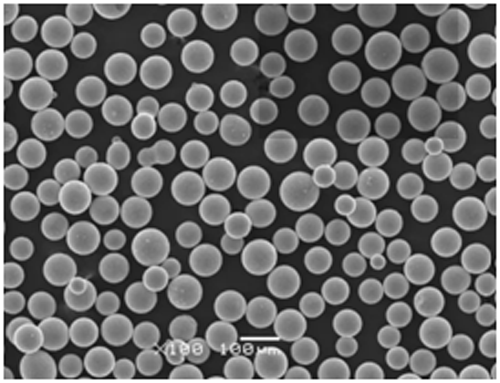

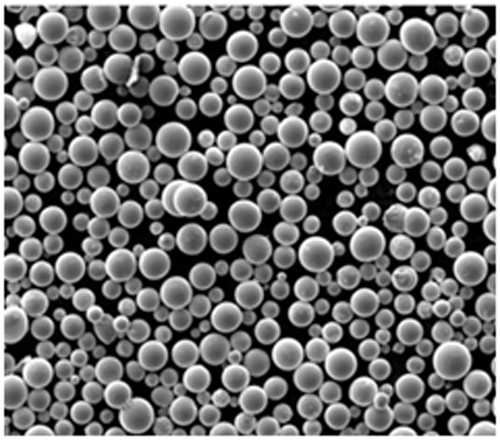
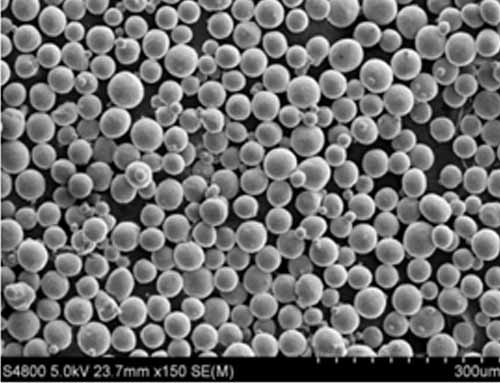
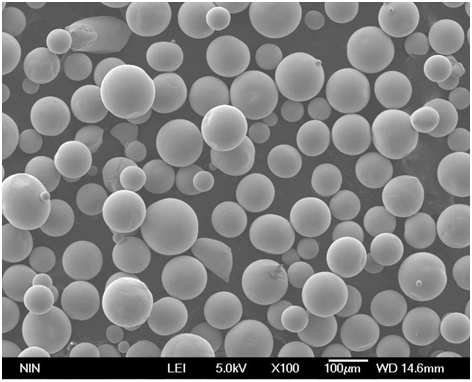
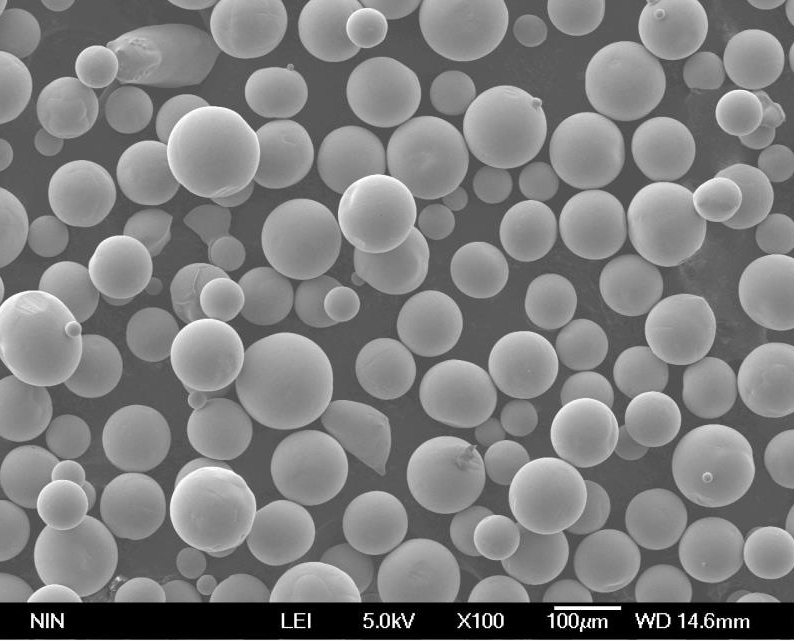
Specifications, Sizes, Grades, and Standards in Laser Rapid Prototyping
Understanding the specifications, sizes, and grades of materials used in LRP is essential for selecting the right materials for your project. Below is a detailed table outlining some of the most common standards and specifications.
| Material | Standard | Grade | Size Availability |
|---|---|---|---|
| 316L Stainless Steel | ASTM F138, ISO 5832-1 | 1.4404 | Powder sizes: 15-45 µm, 45-100 µm |
| AlSi10Mg | ISO 3522 | 3.2371 | Powder sizes: 20-63 µm, 63-150 µm |
| Inconel 718 | AMS 5662, ASTM B637 | 2.4668 | Powder sizes: 15-53 µm |
| Titanium Ti6Al4V | ASTM F1472, ISO 5832-3 | 3.7165 | Powder sizes: 15-45 µm |
| Cobalt Chrome (CoCrMo) | ISO 5832-4, ASTM F1537 | 2.4778 | Powder sizes: 10-45 µm |
| Maraging Steel (MS1) | AMS 6514 | 1.2709 | Powder sizes: 15-45 µm |
| Copper (Cu) | ASTM B170 | C10100 | Powder sizes: 10-45 µm |
| Hastelloy X | AMS 5754, ASTM B435 | 2.4665 | Powder sizes: 15-45 µm |
Suppliers and Pricing Details for Laser Rapid Prototyping Materials
Choosing the right supplier for your LRP materials is crucial to ensure quality and cost-efficiency. Below, you’ll find a list of reputable suppliers and an overview of pricing details.
| Supplier | Material | Price Range (per kg) | Location | Lead Time |
|---|---|---|---|---|
| Carpenter Technology | 316L Stainless Steel | $100 – $150 | USA | 2-4 weeks |
| EOS GmbH | AlSi10Mg | $120 – $170 | Germany | 3-5 weeks |
| Höganäs AB | Inconel 718 | $250 – $300 | Sweden | 4-6 weeks |
| Arcam AB | Titanium Ti6Al4V | $300 – $400 | Sweden | 3-5 weeks |
| Sandvik | Cobalt Chrome (CoCrMo) | $200 – $250 | Sweden | 3-5 weeks |
| GKN Additive | Maraging Steel (MS1) | $180 – $220 | UK | 3-5 weeks |
| LPW Technology | Copper (Cu) | $90 – $120 | UK | 2-4 weeks |
| Kennametal | Hastelloy X | $270 – $320 | USA | 4-6 weeks |
Comparison of Pros and Cons of Laser Rapid Prototyping
No technology is without its trade-offs. Let’s weigh the pros and cons of Laser Rapid Prototyping to give you a balanced view of what to expect.
| Pros | Cons |
|---|---|
| Precision Manufacturing: LRP offers unparalleled precision, making it ideal for intricate designs. | High Initial Cost: The equipment and materials can be expensive, which may not be feasible for smaller operations. |
| Speed: The process is much faster than traditional methods, especially for complex parts. | Material Limitations: Not all materials are suitable for LRP, and some may require post-processing. |
| Versatility: Can be used across multiple industries and for a variety of applications. | Size Constraints: The size of parts that can be created is limited by the machine’s build volume. |
| Reduced Waste: As an additive process, LRP minimizes material waste, making it more sustainable. | Surface Finish: Depending on the material and process, parts may require additional finishing. |
Future Trends in Laser Rapid Prototyping
As we look to the future, Laser Rapid Prototyping is set to become even more integral to manufacturing processes. Emerging trends include the development of new materials, integration with artificial intelligence for design optimization, and improvements in process speed and efficiency. Additionally, as costs come down, we can expect LRP to become accessible to smaller businesses, further expanding its impact.
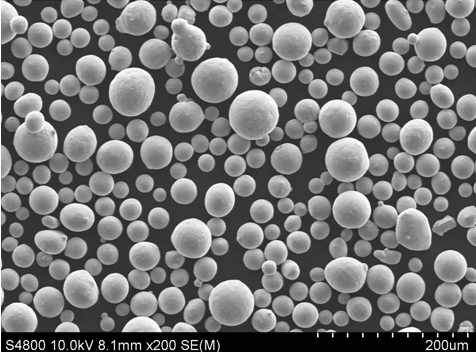
FAQ
| Question | Answer |
|---|---|
| What is Laser Rapid Prototyping? | Laser Rapid Prototyping is an additive manufacturing technique that uses lasers to create 3D objects from digital designs by layering material. |
| Which industries use LRP? | LRP is used across various industries including aerospace, automotive, medical, and consumer electronics. |
| What are the advantages of LRP over traditional manufacturing? | LRP offers faster production times, greater design flexibility, and reduced material waste compared to traditional manufacturing methods. |
| What materials can be used in LRP? | A wide range of materials can be used, including stainless steel, aluminum alloys, titanium, and more. |
| Is LRP suitable for mass production? | LRP is typically more suited for prototyping and low-volume production, but advancements are making it increasingly viable for mass production. |
| How does LRP compare in cost? | While LRP has a higher initial cost, it can be more cost-effective for complex designs or small production runs due to the elimination of tooling costs. |
| What are the limitations of LRP? | Limitations include high initial costs, material constraints, and size limitations of the parts that can be produced. |
Conclusion
Laser Rapid Prototyping is more than just a buzzword; it’s a transformative technology that’s reshaping industries. Whether you’re looking to create highly complex parts, reduce waste, or simply bring a product to market faster, LRP offers a host of benefits that are hard to ignore. As the technology continues to evolve, its applications will only expand, making it an essential tool for the future of manufacturing.

